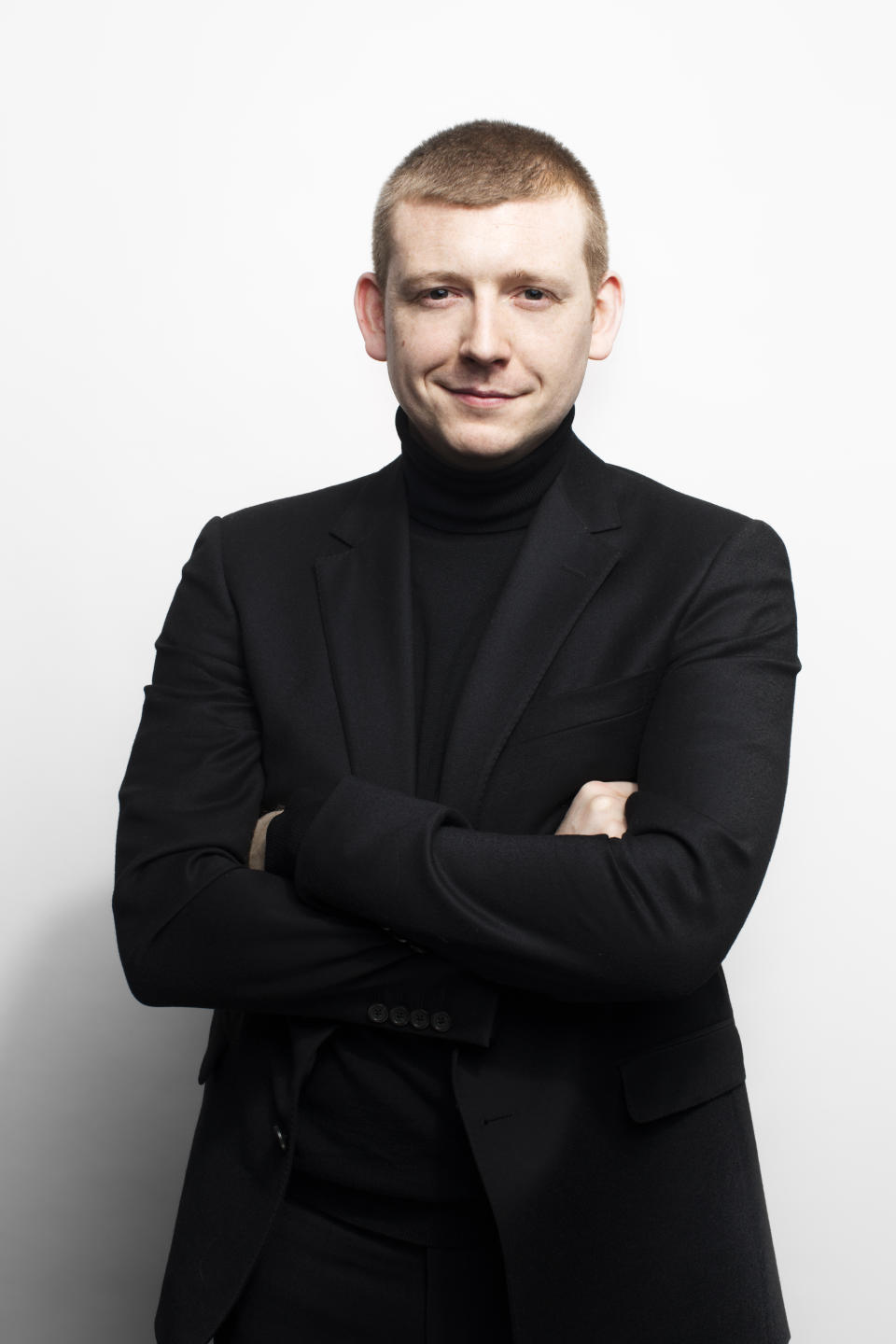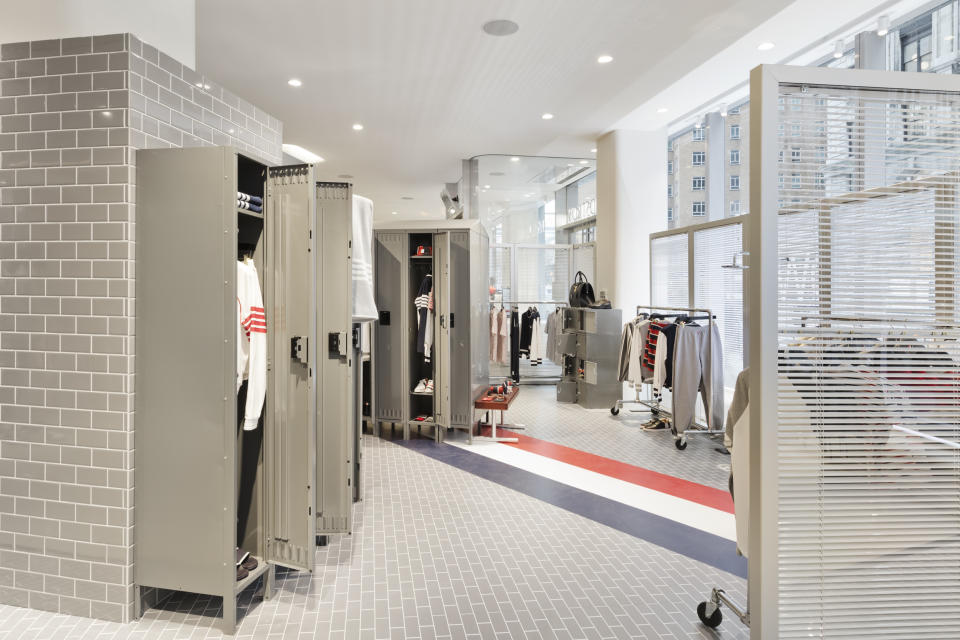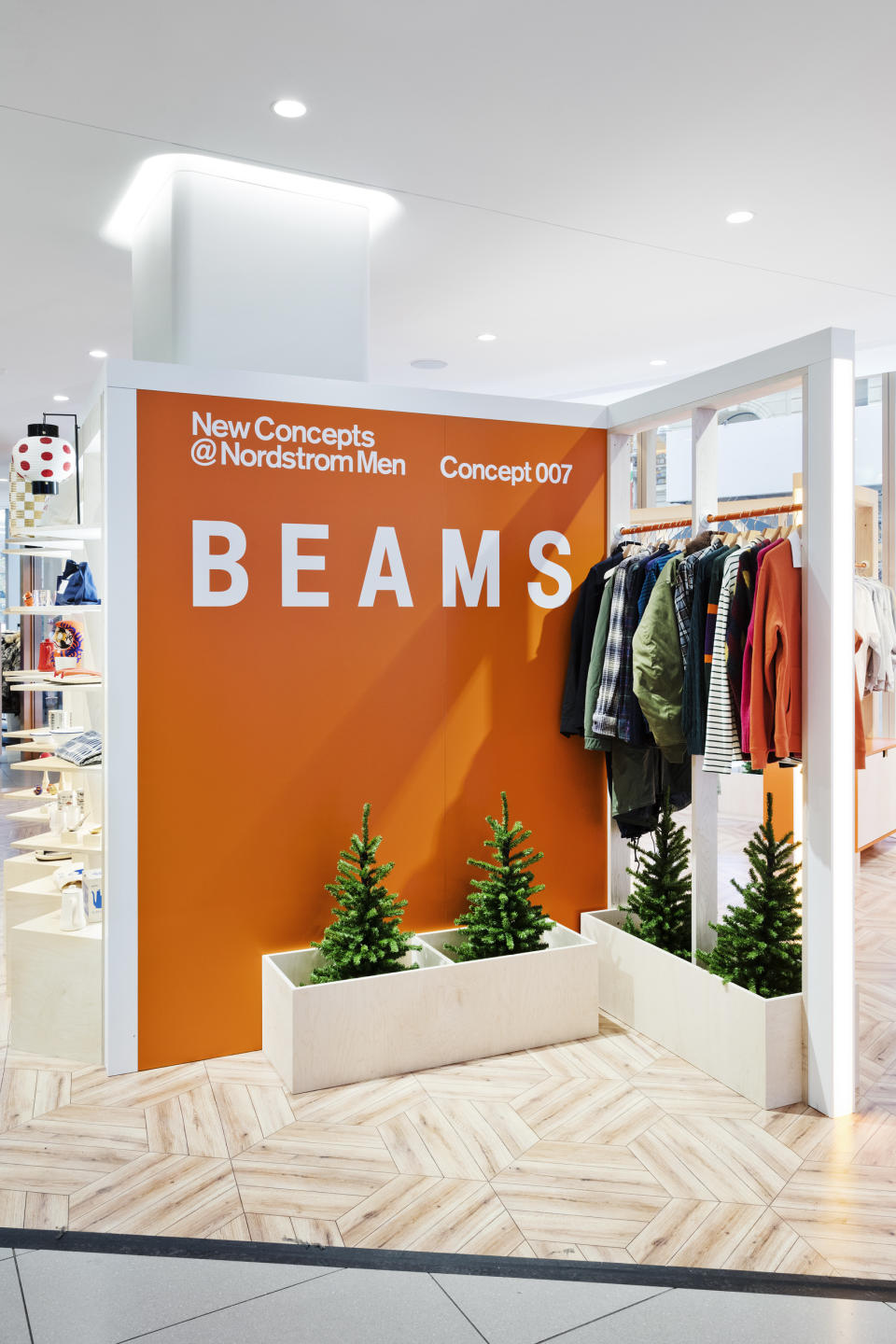Pop-ups Prove Popular With Wide Range of Shoppers

It was a little over eight years ago that Olivia Kim joined Nordstrom as director of special projects and embraced the idea of creating rotating “pop-ins” at the department store.
Fast-forward to 2018 when the Seattle-based retailer recruited Sam Lobban from Mr Porter to join its ranks as vice president of men’s fashion. Lobban took Kim’s original idea and expanded on it, creating temporary shops called NewConcepts@Nordstrom at the New York men’s store and a handful of other locations, as well as online. The first was Out Cold, a ski- and outdoor-skewed shop, and since then, there have been 14 New Concepts shops that now encompass women’s, accessories, footwear and gifts in addition to men’s. Among the most notable have been Dior, Union & Co., Beams, Thom Browne and Fear of God.
More from WWD
Inside the Nespresso x Chiara Ferragni Temporary Café in Milan
17 Exclusive Products from Nordstrom's New York City Flagship
The success of New Concepts also led to Lobban being promoted last year to senior vice president of designer and New Concepts.
The U.K. native said New Concepts is intended to “offer culturally relevant, community-based fashion stories. That’s evolved over the past few years and the scope has broadened. But it’s still about what we could bring to the Nordstrom customer in an interesting and compelling way.”

Initially, New Concepts remained in place for eight weeks, but this year, they were lengthened to 12 weeks, Lobban said. “Part of the reason is we wanted more time in each concept to go deeper into the subject matter,” he explained. “What we found with eight weeks is you put everything out for the launch and then ride the wave of that launch. But with three months, it gives us more opportunity to tell stories within it. So you have the overall idea and then you have different angles of that story during the run. And that’s worked really well.”
Although coming up with interesting concepts so frequently doesn’t sound easy, Lobban said it’s actually the logistics that are more challenging.
“The ideas are the easy part, it’s a matter of which ones we can actually land and when,” he said. “To some degree it’s like stress-testing each idea to see if it can stand up to maturation time and really engage our audience. One of the foundational pillars of what we’re trying to do here is engage a new audience for Nordstrom and try to excite and delight our existing audience. Those are the two filters we use. But the ideas themselves are always around.”
Lobban said because the shop concepts are so different, Nordstrom uses different metrics to measure their success.
“Sometimes it might be a specific-age customer we’re trying to attract, sometimes it’s media impressions, how much reach and engagement we get,” he explained. “There are different lenses. The Fear of God one was a wild success. Our Black Space where we partnered with five Black creatives and created an assortment of brands that really told a story about Black fashion was also hugely successful, especially in terms of the reach it got across media outlets and platforms and on social.”

In addition, he surveys the company’s employees to gather feedback because they are the “boots on the ground with the consumer. With Black Space in particular, we heard great feedback from both customers and our own team members. That’s important to me as we shape what New Concepts will be going forward.”
The 14th iteration, or Concept 014, is Found in Translation: A New Language of American Style. Lobban worked with Jian DeLeon, the company’s men’s fashion and editorial director, and entrepreneur Joshua Kissi to curate an assortment that speaks to how global heritage and underground subculture have shaped modern men’s wear. Among the brands features are Baracuda x Needles, Champion Tears, Beams, G.H. Bass and Schott NYC.
“We worked together to tell the story of how immigrant style in the U.S. is bonded and fused with classic American style and the resurgence of American cred in men’s: a reimagined version of how the preppy, Ivy League style fuses a lot of different ideas,” Lobban said.
With their eclectic mix of product and price points, the pop-ups have proven popular in large and small markets, Lobban said. “Our big markets kind of drive it, especially digitally, but what’s really interesting is how well they do in markets that don’t have a physical expression,” he said.
But whether online or in big cities, such as New York, Chicago, Seattle and Costa Mesa, Calif., where men’s wear is especially strong, the shops have proven they have a national appeal. He did say, however, that there are “regional nuances” based on the brands selected for each iteration and how the customers respond to product that may be new to them.

“Given that oftentimes we’re trying something new for Nordstrom, it gives us an immediate read on how well different ideas will work in different markets and how we can build on that moving forward,” Lobban explained. “One example of that is our Union concept from 2019 that helped pave the way for how far we could push our younger, more fashion-skewing men’s product.”
That same ability to push the envelope is visible in Nordstrom’s approach to its designer offering.
Lobban said the retailer looks at the designer business in “three broad pillars from a product perspective. There’s our luxury business for the customer who has more of a classic, timeless sense of style and is really focused on fabrication and construction. Then there’s what we call our fashion-obsessed business, which is mainstay European and American runway brands — the major houses — and that’s all about having the right looks from the shows and having the right ‘It’ bag or ‘It’ shoe. And then a growing part of our business is what we call sexy and streetwear, the girls’ weekend away kind of stuff.”
Lobban said Nordstrom is seeing “really strong performance across the board in all three of those broad-strokes businesses.” And while that’s driven by the biggest markets, where sales in all three pillars “show up in a meaningful way,” smaller markets can also make their mark.
In Aventura, Fla., for example, he said, “we sell a lot of sexy dresses, swimwear, streetwear, fun, going-out kind of vibe, whereas in Nashville, our business tends to lean more toward the luxury side. That’s quite interesting for us to know how to skew one way or the other. But the interesting thing and the fun thing from our side is that we’re seeing great performance from all three, which means we can really lean in across the board and dive into products.”
And customers have proven that they’re willing to pay for designer merchandise. “Those different ideas have their national thresholds in terms of how far we can push. But there isn’t much in the way of price resistance,” he said.
While Nordstrom may have a reputation for appealing to a more conservative customer, their response to designer brands has proven otherwise.
“It’s not always the case that the Nordstrom shopper is more classic and traditional,” Lobban said. “Thinking about what we’ve done with New Concepts, which is not for the most part the classic route, we have engaged with a more fashion-forward audience.”
In the first quarter, the company reported that designer brands, along with spring classifications and “recovery categories” such as denim, dresswear, makeup and handbags were among the most popular, a trend that continued into the second quarter.
Considering that Kim launched the pop-in strategy in 2015, Nordstrom now has a few years where it has been able to push the envelope on fashion while not abandoning its more classic business.
Lobban summed it up this way: “When we step back and look across the board nationally, we’re pretty well balanced in the fashion versus classic luxury side of what we do.”
Sign up for WWD's Newsletter. For the latest news, follow us on Twitter, Facebook, and Instagram.

